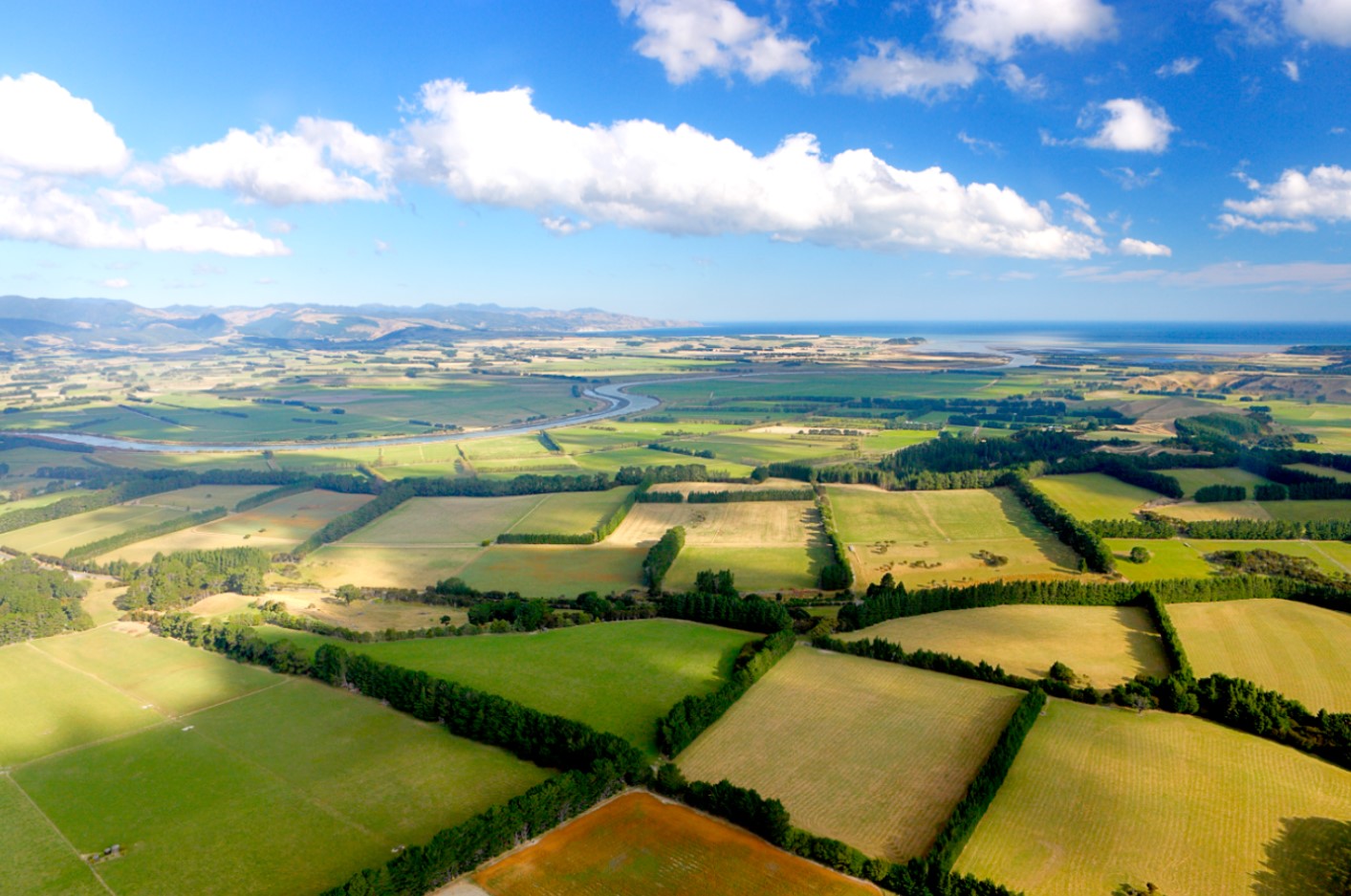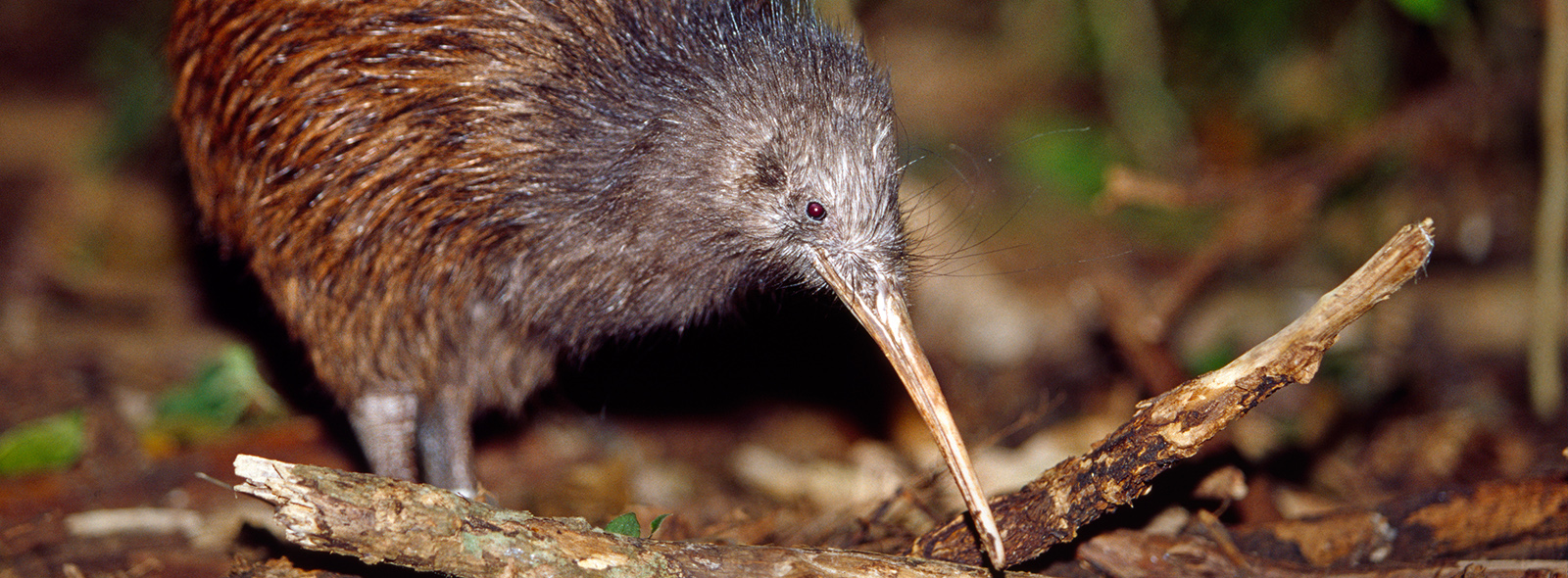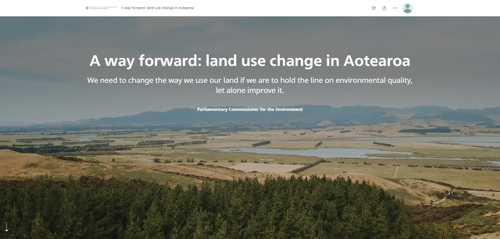Going with the grain: Changing land uses to fit a changing landscape

South Wairarapa District. Rob Suisted, naturespic.co.nz
How do we respond to the environmental challenges of climate change, biodiversity loss and water quality while looking after the economic, social and cultural life of our regions?
This is the pressing question addressed in the Commissioner’s new report, Going with the grain: Changing land uses to fit a changing landscape. It sets out the multiple environmental problems facing rural New Zealand and makes suggestions on how to approach the land use change needed to prevent further degradation.
The Commissioner draws on six years of research to present practical suggestions on how to manage land use change. His key recommendations are:
- We must take an integrated approach to environmental management that focuses on the catchment rather than one-size-fits-all national regulation. This will make it easier to understand how environmental policies on water, climate, and biodiversity interact.
- We need to rethink the roles of central government, regional councils, mana whenua and communities in decision making and involve catchment groups more in environmental management.
- Central government must enable farmers and regulators to have access to inexpensive, high-quality environmental information and underwrite it as a public good.
- Alternative financial tools can help fund land use transitions. The report discusses examples such as loans and grants, resource rentals on the commercial use of water and pricing biogenic methane.
- The costs of successful transition would be lower if we removed the barriers that are impeding progress, such as progressively removing forestry from the NZ ETS and creating a separate mechanism (or ETS) to manage biogenic methane.
In a companion report, Exploring land use change under different policy settings in two case study catchments, the Commissioner details an investigation into how current and alternative approaches to environmental regulation could affect land use change in the Wairoa catchment in Te Tai Tokerau Northland and the Mataura catchment in Murihiku Southland.


